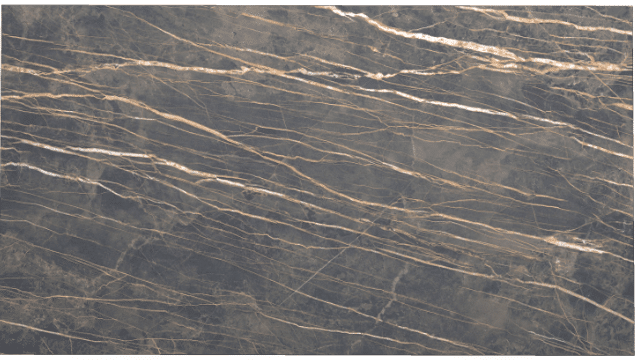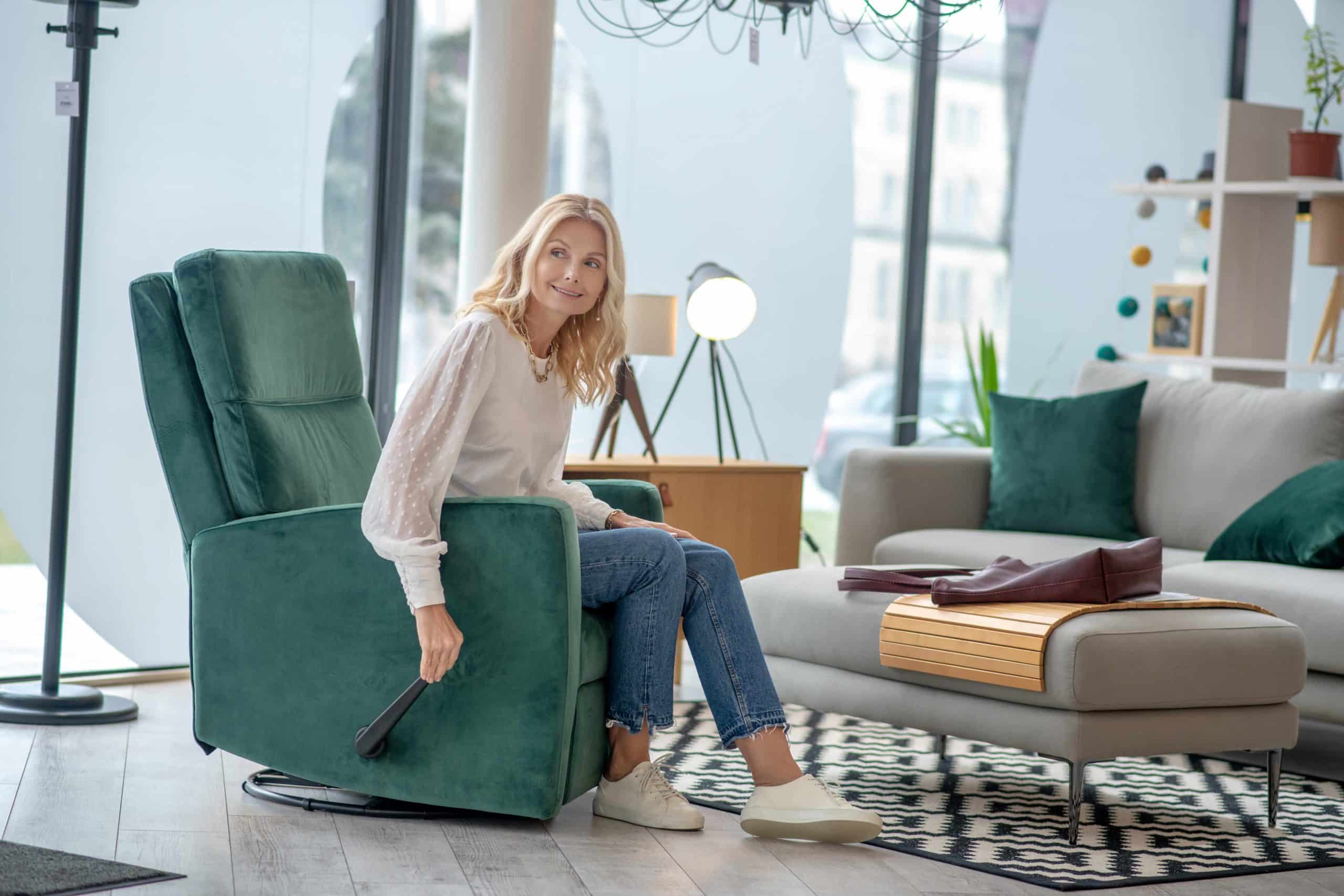The use of wood in interior design has been a staple for centuries, offering both functionality and aesthetic appeal. However, one of the challenges that many homeowners face is how to mix different wood tones effectively. In this blog post, we’ll explore the art of combining various wood tones to create a cohesive and visually pleasing interior.
The Basics: Understanding Wood Tones
Before diving into the mixing process, it’s crucial to understand the different wood tones available. From the light shades of pine and maple to the rich, dark tones of mahogany and walnut, each wood type brings its unique colour palette. Knowing the undertones—whether warm, cool, or neutral—can help you make informed decisions when mixing.
The Rule of Three
A good rule of thumb when mixing wood tones is to stick to a maximum of three different types. This allows for variety without overwhelming the space. Choose one dominant wood tone as the base and complement it with two others to create balance and harmony.
Contrast and Balance
Contrast can be your friend when mixing wood tones. Pairing a dark, rich wood like mahogany with a lighter tone like oak can create a dynamic look. The key is to balance the contrasting elements so that one doesn’t overpower the other. For instance, if your flooring is dark, consider lighter furniture pieces and vice versa.
Transitional Pieces
Using transitional pieces can help bridge the gap between different wood tones. A multi-toned wooden coffee table or a piece of art that incorporates various shades can serve as a unifying element in the room.
Texture Matters
Don’t forget that texture plays a significant role in how wood tones come together. A polished, smooth surface will interact differently with light compared to a rough, rustic one. Mixing textures can add depth and interest to your interior.
Final Thoughts
Mixing wood tones doesn’t have to be a daunting task. With a keen eye for detail and a basic understanding of colour theory can create a harmonious space that celebrates the beauty and versatility of wood. Remember, the goal is not to match but to coordinate, creating a cohesive look that reflects your style.





